Introduction
Immerse yourself in the world of cast iron benches, where timeless elegance meets enduring durability. Originating from the Industrial Revolution, these benches have evolved through the centuries, offering a perfect blend of style and resilience. From the intricate designs of the Victorian era to the sleek lines of modern styles, cast iron benches have continually adapted to the changing aesthetics of the times. This article delves into the history, design elements, varieties, and the remarkable durability of cast iron benches. It also explores their maintenance, environmental impact, and sustainability, shedding light on why these benches remain a popular choice for both indoor and outdoor furniture.
The History of Cast Iron Benches
Cast iron benches emerged from the Industrial Revolution in the early 1800s. Initially, they were produced on a mass scale for both indoor and outdoor use. Cast iron became popular in America for use in garden furniture in the 1830s and 1840s, with major producers emerging in New York and Philadelphia. The designs of cast iron patio furniture became more intricate as the casting methods improved. This furniture was initially painted green, brown, and grey, but moved to white during the 19th century.
Design Elements of Cast Iron Benches
Our cast iron benches are designed with a unique feature that sets them apart. They are electroplated prior to painting, providing additional corrosion protection. This design element not only enhances the durability of the benches but also adds to their aesthetic appeal. The timber used in these benches is ethically sourced and sustainably managed, further contributing to their design value. For more detailed product information, explore our range of benches available on Alibaba.com.
Varieties and Styles
Cast iron garden benches come in various styles and materials. The full casting type is entirely made of cast iron, allowing for diverse designs and motifs, giving an antique feel. The combination type mixes cast iron with woods like teak, mahogany, and acacia, known for their outdoor durability, creating a unique blend of antique and natural aesthetics. Design-wise, there are minimalist benches with simple designs and neutral colors, and antique benches with elegant designs and curved ornaments, suitable for classic concept houses and buildings.
Victorian Style
The Victorian era has significantly influenced the design of cast iron benches. Antique Victorian cast iron garden benches are popular due to their ornate details and timeless elegance. These benches are not just functional but also serve as decorative pieces, adding a touch of vintage charm to any setting. They are a perfect addition to a burgeoning Victorian furniture collection.
Modern Style
Consider streamlined seats with angular lines and an open back for a mid-century modern layout. If your deck furnishings lean more contemporary, look for cast iron patio benches with geometric designs or slat backs to create a chic, modern vibe. These modern style cast iron benches effortlessly enhance the look of your deck or yard, coordinating well with contemporary outdoor decor.
Rustic Style
Rustic style cast iron benches are a popular choice for those seeking a vintage, countryside feel in their outdoor spaces. These benches often feature intricate designs inspired by nature, such as leaf or grape patterns, and are sometimes paired with wooden elements for an authentic rustic look. Their unique designs and durable construction make them a timeless addition to any garden or patio.
The Durability of Cast Iron Benches
Cast iron benches are known for their durability, especially when properly maintained. The restoration process involves removing rust and repainting the iron framework, which can extend the bench's lifespan significantly. The iron ends of the bench provide stability, and with the addition of new wooden slats, the bench can be brought back to its original condition. This process demonstrates the robustness of cast iron benches and their ability to withstand time and weather, making them a long-lasting choice for outdoor furniture.
Maintenance and Care
Maintaining a cast iron bench requires careful attention. The process begins with removing old paint and rust, often using a wire wheel or sandblasting. However, care must be taken to avoid health risks like silicosis. Some recommend professional services for a durable finish. For the wooden parts, products that provide UV protection can enhance the wood's appearance and longevity. However, it's important to consider the bench's exposure to standing water when choosing a finish. Regular maintenance ensures the bench's longevity and preserves its timeless elegance.
Environmental Impact and Sustainability
Cast iron is a choice material for its durability and sustainability. The sand casting process used in creating cast iron pieces is eco-friendly. After sand casting, the remaining scrap can be melted for use in the creation of the next piece, ensuring that nothing goes to waste. Additionally, iron forging, another method used in iron furniture production, generates less scrap, making it an eco-friendly process. These processes make cast iron benches not only strong and durable but also sustainable and environmentally friendly.
Conclusion
Cast iron benches, with their rich history and diverse styles, offer a unique blend of timeless elegance and durability. Whether it's the ornate Victorian designs, the chic modern styles, or the rustic countryside aesthetics, there's a cast iron bench to suit every taste. Their durability, enhanced by careful maintenance, ensures they withstand the test of time and weather. Moreover, the eco-friendly production processes and sustainable practices further enhance their appeal. Cast iron benches are not just pieces of furniture; they are enduring symbols of style, resilience, and sustainability. Investing in one is not just about enhancing your space; it's about owning a piece of history and contributing to a sustainable future.














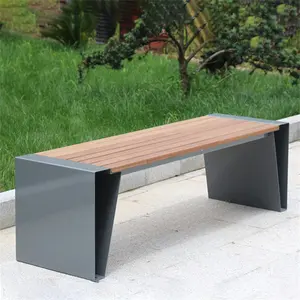


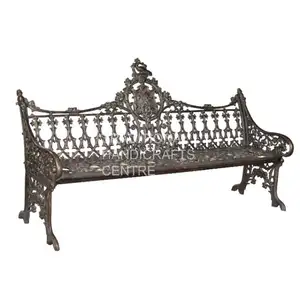
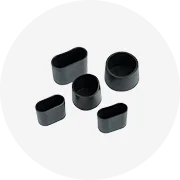



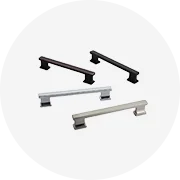
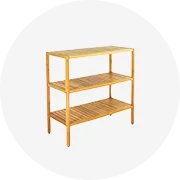

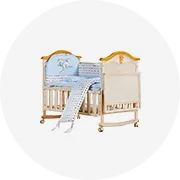








 浙公网安备 33010002000092号
浙公网安备 33010002000092号 浙B2-20120091-4
浙B2-20120091-4